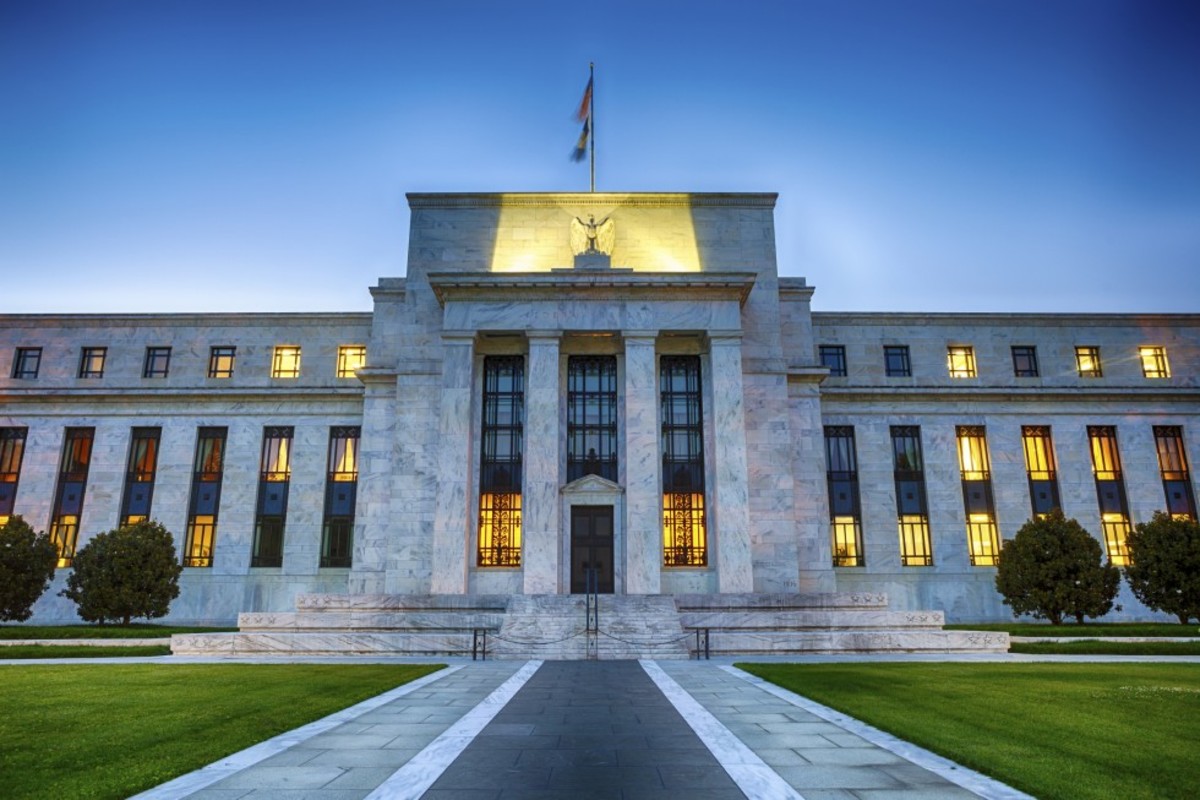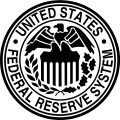U.S. Commercial Banks: The Paranoid Corporations!

Paranoid Commercial Banking Practices
A monetary system marred by government distortion and corporate corruption, is a monetary system under a sadistic paranoid spell as concocted by the Federal Reserve. This said, in today’s “kamikaze economy,” commercial lending institutions are considered banks as much as apples are considered oranges. Before government placed its “big hands” on banking practices, one of the main functions of commercial banks were the extension of credit to credit worthy borrowers: the lending capabilities of banks in its inception played a significant feature in the economy—as it made possible the financing of agricultural, commercial, and industrial activities; thereby enhancing aggregate production. In the book, Commercial Banking, author Edward W. Reed talks about this, when he says the following:
From the beginning of time, organizers of banks have been motivated by the opportunities presented by the lending function, and charters have been granted by governments primarilybecause there was a need for credit in a particular community. In making credit available, commercial banks are rendering a great social service.-Edward W. Reed
The extension of credit is a major function of commercial banks and to postulate otherwise is an economic folly within the doctrines of macroeconomics. You have to remember that the idea of credit extension was based around commodity money and not paper money. In fact, the extension of credit--in today's economic environment--is imminent cause for monetary inflation; which goes against the grain of what banks initially were created for. Although banks performed many functions, probably one of the most important was to regulate the money supply thus protecting the economy from monetary inflation. “Since the bank served as the depository for the federal government, it could present bank notes for payment in gold and silver to the bank of issue” (Edward W. Reed).
Big Banks And Malinvestments
The Great Recession axiom could be summed up as, Too Big To Fail (TBTF). But in truth, Too Big To Fail is an economic euphemism for Too Much Government Invention (TMGI). It’s a direct result of the kind of thinking that government can do what it damn well pleases with our money. What happened to the commercial banks of past? I’ll tell you want happen: through egregious banking practices like fractional reserve banking, (TBTF) moral hazard policies and commercial banking corporate corruptions, they’ve all been tainted by the Fed’s inept monetary policies. Today’s “kamikaze economy” is a place that tends to “unsustain” the stainable: and in reference to big commercial lending institutions, that seems to be what’s happening. Today, these big beautiful banks that we walk into--which have the “pretty-faced-bank-tellers” hovering over posh lacquered imported wooden counter-tops--are only facades of true financial prosperity: hidden deep within its coffers are its true paranoid balance sheets. On these balance sheets, you’ll notice malinvestment after malinvestment. These “bad investments” are eating away at the U.S. economic engine like a vicious financial cancer.
It doesn’t take a PhD financial economist to forecast an almost certain dire outcome of our banking system—that is, of course, if the American people don’t demand nationwide banking reformation—i.e., Occupy Wall Street style. This current economic engine breakdown is living proof that something is seriously wrong with the banking sector in this country. With the worst of the Great Recession finally behind us thereby all the “greedy fraudsters” finally exposed, the real magnitude 9 financial earthquake could be waiting underneath—building up negative energy—to catch us off-guard. In addition, these “bad investments” causes irrevocable damage to the economy in three ways: 1) It creates a major impetus to mass unemployment; 2) It tend to foment stock market volatility; And more importantly 3) It hurts the most vital aspect of a market based economy, which is small business creation.
In conclusion, fractional reserve banking is a commercial banking/“big gov” ponzi scheme. What it does is create a pyramid of money, whereby it gives the impression of banking liquidity. But in reality, its consequence causes banks to be insolvent and illiquid. The “bank bailout boom” of 2008-2009 was no mirage, it was a real direct consequence of a monetary system that has been “toyed with” over the years--via the U.S. government--and it never should have been “toyed with.”








